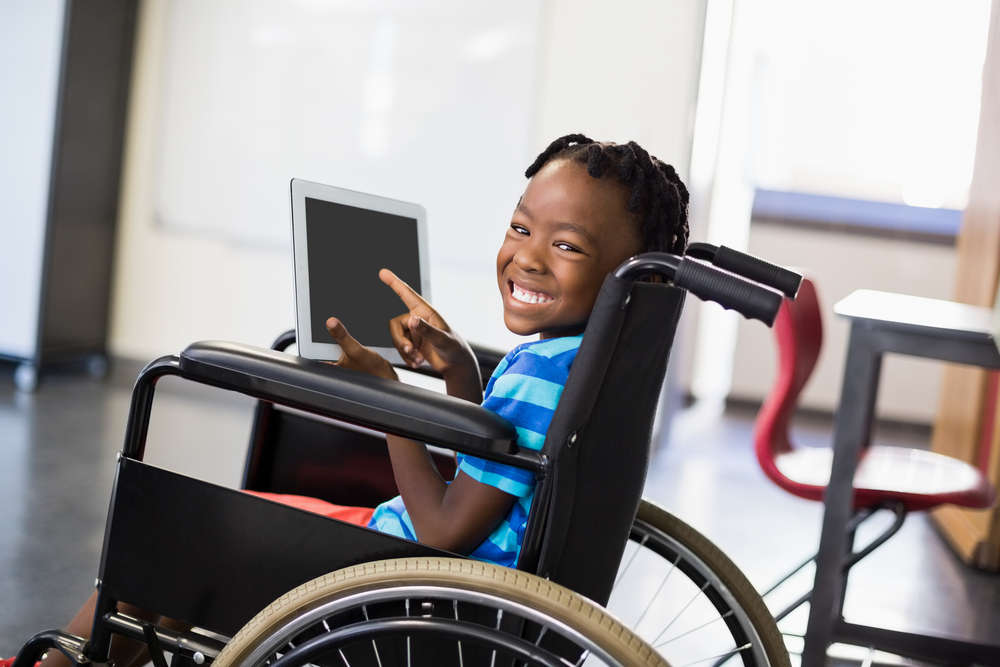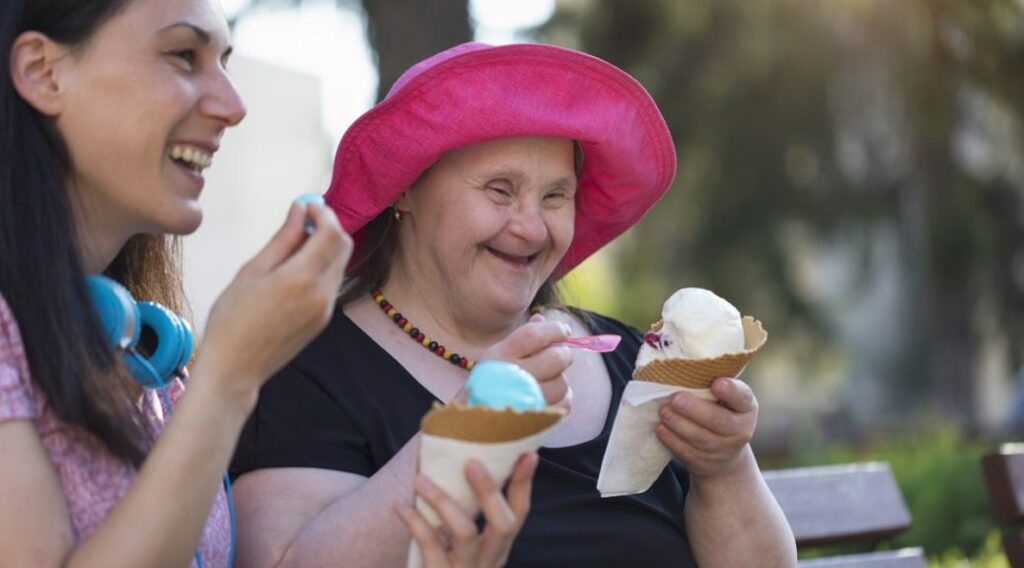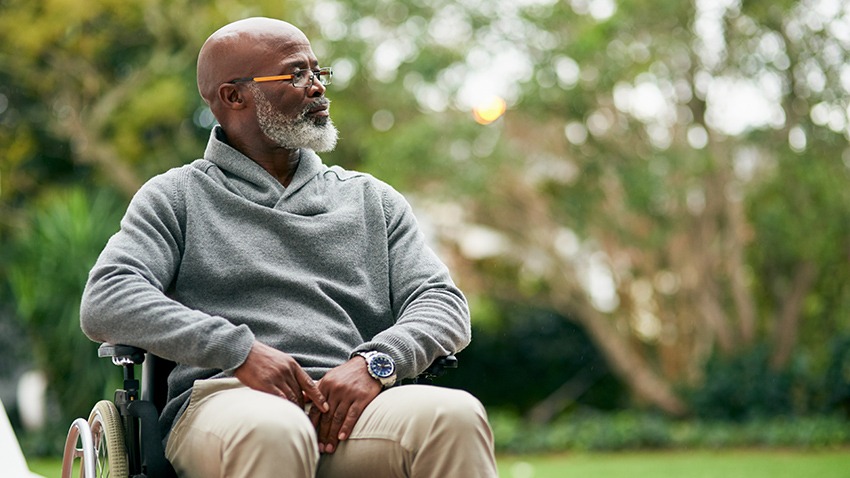Does massage therapy for people with disability really work?
Massage therapy has been used for the treatment of muscle soreness and tightness. It can be used to alleviate inflammation, increase circulation, and induce muscle relaxation. Athletes and stressed individuals are not the only people that may benefit from the therapeutic effects of massage. Massage therapy for people with disability has shown positive effects in their lives, improving organic, intellectual, social, and emotional aspects of their everyday living.
So, massage therapy for people with disability comes with many benefits and instant advantages like:
- Pain Management
- Sleep Support
- Edema Reduction
- Immune System Boost
- Helping With Anxiety & Depression
- Improved Circulation of Blood & Lymph
- Improvement In Range of Motion & Flexibility
What Is Massage Therapy?
Massage therapy is a type of soft tissue manipulation that includes rubbing, kneading, pressing, tapping and vibration on the muscles, using the massage therapist’s hands, to promote well-being. Massage therapy has shown to be beneficial in the treatment of many ailments and injuries.
Some of the benefits include: increased blood and lymph circulation, increased range of motion, stimulate (but not strengthen) weak muscles, positively affect the central nervous system, reduce aches and pains, can prevent or delay muscle atrophy and contractures due to inactivity and muscle tightness, and reduce stress.
Massage Therapy And Physical Disabilities

In order to fully understand how massage therapy for people with disability can be of an advantage, it helps to consider some of the major issues.
Many physical disabilities, like Multiple Sclerosis (MS) and Parkinson’s disease, have symptoms such as tremors, spasticity, rigidity of muscles and uncoordinated movements. Loss of balance, slowness of movement and inability to walk, as well as pain and stiffness of muscles throughout the body are also symptoms of these conditions.
Similarly, those confined to a wheelchair for any reason may suffer from atrophied muscle tone, skin breakdown resulting from the constant pressure and reduced circulation that occurs, spasticity and spasms in muscle tissue, and reduced cardiovascular health. Many of these conditions, especially those that involve spasticity and chronic tension of muscle tissue, may result in significant pain over time. Massage can significantly improve the pliability of muscle tissue, which results in less spasticity and improved muscle function, as well as improved flexibility and range of motion. This can often be the difference between being able to walk or not for someone who is suffering with one of these debilitating conditions.
Spinal cord injuries, brain injuries, strokes and tumors often cause paralysis. Paralysis can produce symptoms such as joint and muscle pain, phantom pain, breathing difficulties and bedsores. For those with reduced circulation that is affecting the skin and causing bedsores, skin brushing has also been shown to improve circulation and stimulate the skin, keeping it supple and pliable.
The cardiovascular and lymphatic systems also suffer from the lack of movement, which reduces venous and lymph return significantly. Massage has been shown to increase circulation and improve lymphatic return, which is of great benefit for those who are unable to move all or part of the muscle tissue in their extremities. Those suffering from edema because of some condition or as a result of being wheelchair bound may see significant improvement after receiving lymphatic massage.
Massage Therapy and Developmental Disabilities

A second category of disability includes those who are developmentally disabled, and those who may have emotional and/or behavioral issues. (Sometimes those physically disabled may have developmental disabilities as well.)
Many developmental disabilities also have physical symptoms, but are commonly accompanied by emotional and behavior problems. Those with Autism, Fetal Alcohol Syndrome, Attention-Deficit or ADHD, and other conditions that affect mental and intellectual development, often suffer from anxiety and depression as they struggle to deal with even the most basic social interactions and expectations placed on them. Massage therapy for people with disability has been proven to reduce their anxiety and stress along with depression, often resulting in significant reduction in behavioral outbursts in those suffering from these types of developmental conditions.
The implementation of massage therapy for people with disability should be considered in the management of physical and intellectual disabilities. As demonstrated by intervention programs on people with spinal cord injury or Parkinson’s disease, patients experienced increased muscle strength and range of motion. When compared to exercise therapy, patients with spinal cord injury benefitted more from massage therapy, physically and emotionally, expressing greater feelings of happiness and relaxation (2). The implications of applying both exercise therapy and massage therapy to people with physical disabilities should be further explored as they have proved to be effective management methods when pursued individually.
Ready To Get Started..?
Please contact us today so we can discuss your needs and get the process started. Depending on the location we can often have a massage therapist ready to visit the residence as soon as possible. Call us today on +44 7849 898935

